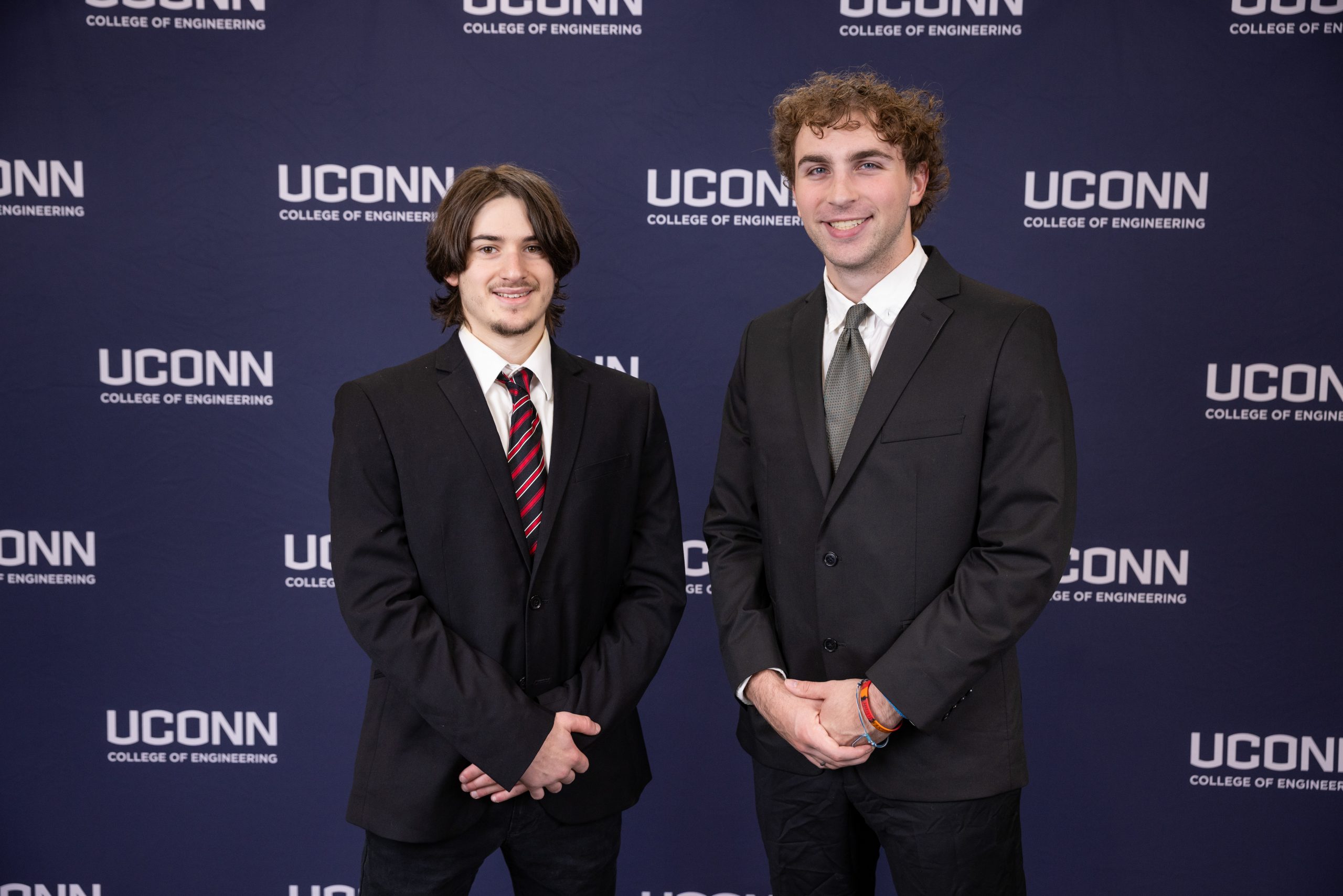
Team 8
Team Members |
Faculty Advisor |
Carter Densk |
Alexander Dupuy Sponsor Pratt & Whitney |
sponsored by

Quantification of Non-Linear Aluminum Honeycomb Properties
The overall objective of the project is to perform compression and shear tests on samples of aluminum honeycomb over a range of load rates to be able to characterize the aluminum honeycomb material. The aluminum honeycomb is characterized in terms of its compression and shear properties, anisotropy, load rates, and composite material support. Compression and shear tests are performed at a range of load rates to record the maximum strength of the honeycomb at increasing load rates. This data provides insight into how the aluminum honeycomb will respond to load rates that exceed testing limitations. As each sample deforms, the viscoplastic responses and deformation are documented to be related to the maximum strength of the honeycomb. Due to the unique cell structure of the honeycomb, the anisotropy is quantified as well to provide further insight into the relationship between orientation and strength in shear tests. The material used also exhibits foaming adhesive within the structure. This adhesive is only present in specific locations, however in these locations, the foaming adhesive provides a bonding support to the aluminum honeycomb allowing for a much higher maximum strength. In these areas the material acts as a composite material and compression and shear tests and characterizations are performed to calculate and quantify the impact of the adhesive in these regions. In collaboration with the Mechanical Engineering team, finite element models and simulations will be conducted to further analyze the honeycomb structure's behavior. Leveraging data obtained from shear and compression tests, these models will predict the honeycomb's response under elevated load rates that surpass the physical limitations of the testing equipment. The simulations will be performed using ANSYS, allowing for a detailed and accurate analysis of the material's performance under extreme loading conditions.
Our team collaborated with Mechanical Engineering 29 on this project.
